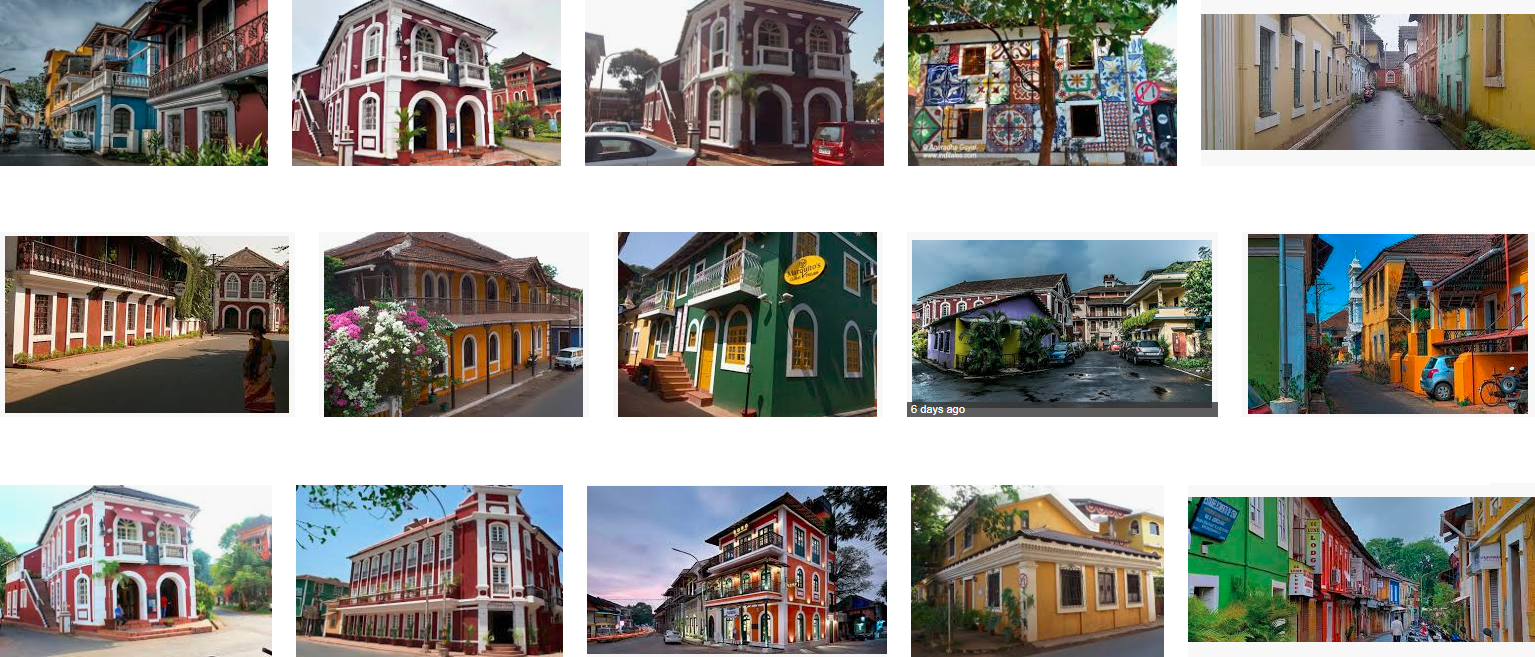Exploring Fontainhas in the heart of Panjim is yet another way to delve into the many secrets that Goa has.
It was on a recent visit to Goa when I was making some enquiries of some offbeat experiences that I discovered Fontainhas. This is a vibrant colourful area in Panjim that is the oldest Latin Quarter in Goa that is known for its colourful Portuguese style homes that is best explored on foot and with a guide.
In the 1800’s when several headquarters of the Portuguese government were shifted to Panjim this became a residential area for administrators and soon other began to make this their home. On entering Fontainhas, you are treated to a visual spectacle that has colours from blue, yellow, orange, green and pastel shades that manifest themselves on the exteriors of the homes here. This is a heritage area and most homes here are a delight to see courtesy the aesthetic use of colours, expansive gardens and unique architectural elements. The area itself has the Ourem creek on the east and Altinho hill on the west. Even the name plates here are a delight akin to a work of art. Do not miss the building where one wall is covered by Azulejo ceramic tiles. For a moment, you will be forgiven if you think you are in Portugal. Even the roads here are named interestingly with dates. The 31st January Road or Rua 31 de Janeira was named after the independence of Portugal from Spain while The 18th June Road was named after Ram Manohar Lohia, who launched the civil disobedience movement. UNESCO recognized Fontainhas as a Heritage Zone in 1984.
Both Hindus and Christians live here and my guide pointed out that homes with the holy basil or tulsi plant belong to the Hindus. The chapel of St. Sebastian that dates back to 1818 is a beautiful building with a pristine white façade here. Most of the Portuguese homes here are from the 18th and 19th centuries and are seen in narrow, winding roads that are interspersed with little cafés and bakeries and delightful stores. It is said that all houses are repainted after the monsoon each year. When you are here notice the shell windows made with sea shells a typical aspect of the architecture. There is also a red wishing well with roosters here that is a favourite spot. Today the space is home to several art galleries including the Gitanjali Gallery that is a space for both contemporary art and has a big collection of Scandinavian art. To pick up a nice souvenir head to the delightful store Velha Goa Galeria and you can buy traditional hand-painted azulejos which are tin-glazed ceramic tiles. Every year the Fontainhas festival is celebrated in February when the entire area transforms to showcase different aspects of Goan heritage with musical and dance events as well. A visit to Fontainhas is certainly a great way to see Goa off the beaten track and must be on your to do list on your next visit to Goa.
This story first appeared in Spice Route April 2019 issue here:82 States_Goa
